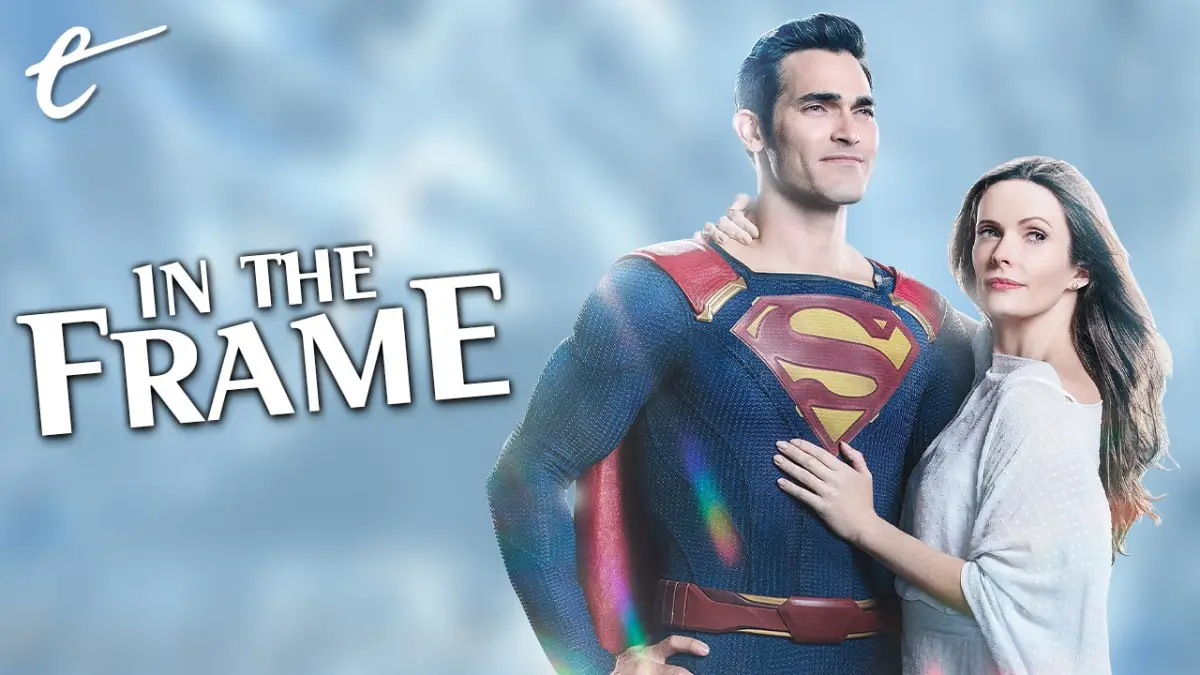Superman & Lois offers an interesting — and timely — reversal of the classic Superman setup.
The Superman origin story is so well known that writer Grant Morrison and artist Frank Quitely could distill it down to eight words and four panels. Superman & Lois breezes through its backstory in the pilot’s opening act. Superman (Tyler Hoechlin) came to Earth, landed in Kansas, was raised by two loving parents in the town of Smallville, and then departed for life in the big city of Metropolis. However, Superman & Lois reverses this dynamic, with Superman heading back to Smallville.
This is a reasonable narrative choice for several reasons. Most obviously, The CW already has its fair share of urban vigilantes on shows like Arrow, The Flash, Batwoman, and Supergirl. Moving Superman & Lois into rural America helps distinguish it visually and tonally from competing superhero media. It also distinguishes the show from other recent on-screen iterations of Superman, from Superman Returns to Man of Steel. However, it is also a good choice on its own terms.
It’s worth acknowledging that the character of Superman as created by Jerry Siegel and Joe Shuster was the product of a particular time and place. Action Comics #1 hit newsstands in May 1938, as the United States was still coming to terms with the Great Depression. Over the previous year, the country had endured its third-worst recession of the 20th century and unemployment had risen compared to the previous two years. Things were bad, especially in cities.
The modern city was still a relatively recent invention by the time that Superman arrived in Metropolis. After the Civil War, cities grew dramatically. New arrivals included immigrants from abroad, but also migrants from smaller towns. Between 1880 and 1890, almost 40 percent of the townships in the United States lost citizens to bigger cities. By 1900, 40 percent of Americans lived in cities. Between 1870 and 1940, the population of New York City grew from under a million people to 7.4 million.
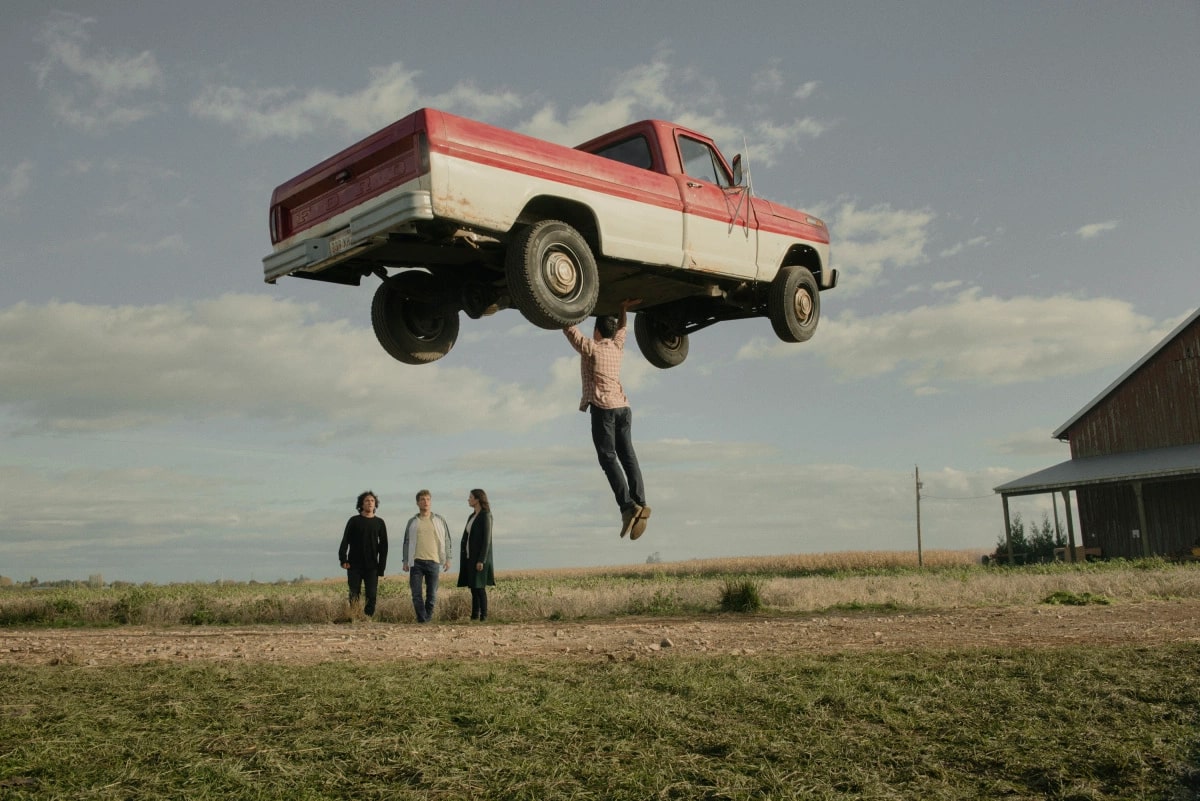
In those early days, city life was hard. Philosopher Emile Durkheim coined the word “anomie” to describe the paradoxical moral disconnect individuals could feel arriving in a bustling metropolis to find themselves alone in a city of millions. Crime was rampant in these large cities, particularly as filtered through popular stories of gangsters and bank robbers. It would continue to be for decades. New York City, the basis for Metropolis, would experience a surge in crime during the 1970s and 1980s.
As such, these urban surroundings needed a superhero. In contrast to his gothic counterpart Batman, Superman offered a wholesome all-American solution to this challenge. Superman was not just an alien from the planet Krypton. He was also a man raised in the American heartland with a particular set of ideals that he inherited from his adoptive parents, Jonathan and Martha Kent. There was a strong sense that Superman might bring those values from Smallville to Metropolis.
While the exact location of Metropolis has historically been somewhat ambiguous, Smallville has pretty consistently been located in Kansas since Richard Donner placed it there in 1978’s Superman. This makes sense. Kansas is historically part of the American heartland and so is associated with the wholesome values that the Kents impressed on their adopted son. More than that, Kansas was historically a liberal and progressive state, instilling the values that Superman takes for granted.
The earliest Kansans fought off slaveholders to make Kansas a free state. The state elected the first female mayor in the history of the United States. During the 1920s, the state launched an aggressive legislative campaign against the Ku Klux Klan, becoming the first state to outlaw the organization. It feels appropriate that Smallville’s adopted son would launch his own campaign against the organization in a 1946 radio serial that has been credited with shifting public attitudes on the Klan.
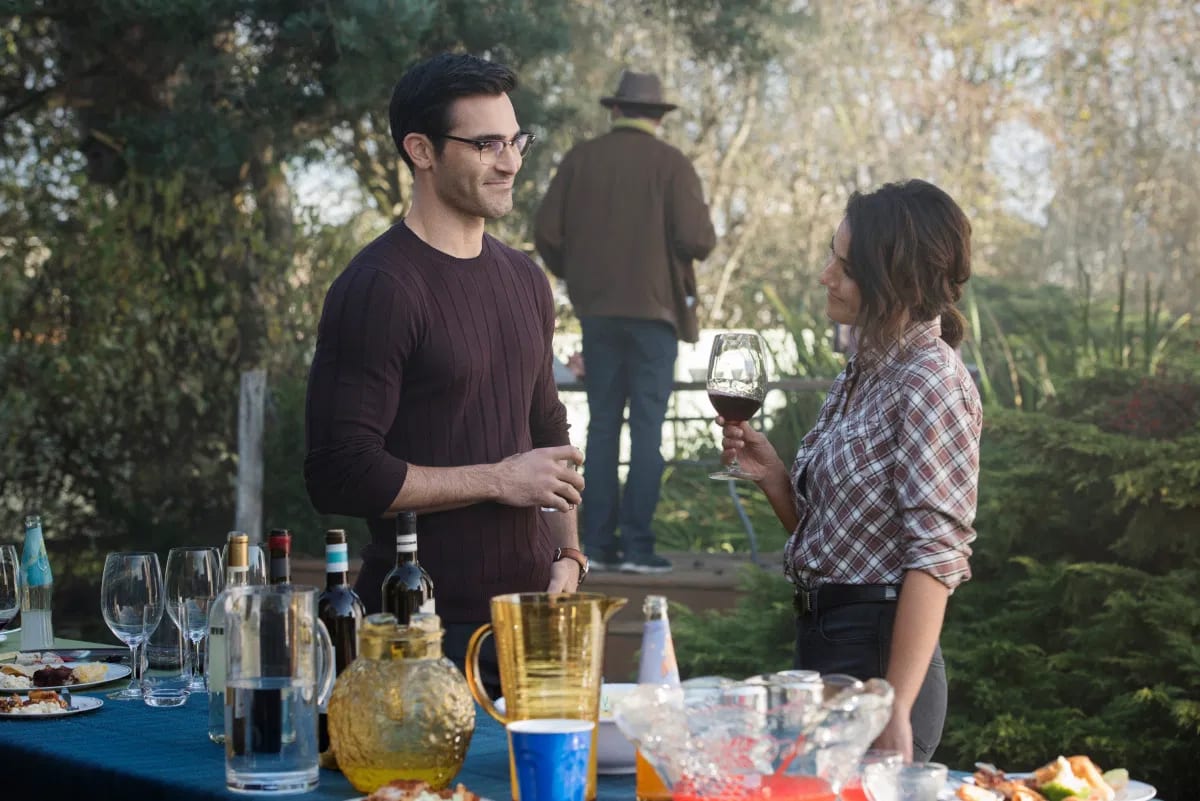
It should be noted that early Superman stories presented the superhero as a champion of progressive causes in the urban environment. The first story to feature Superman was literally titled “Champion of the Oppressed!,” insisting that the character “had sworn to devote his existence to helping those in need.” Superman spent his first few years concerned about the social decay enabled by slums, predatory business owners, corrupt prison wardens, and abusive husbands.
As such, the traditional arc of Superman’s narrative has been in taking small-town values into centers of urbanization, the character’s wholesomeness speaking to the best ideals of these communities. Even the prequel series Smallville ends with the assumption that the character is going to end up in Metropolis, applying everything that he has learned. It’s a Romantic view of American rural life, captured in Norman Rockwell’s “homey, small-town America” or the fantasy of “Main Street, USA.”
Of course, times change and values shift. That is particularly true when it comes to an iconic character like Superman. Urban crime in cities like New York has fallen dramatically in recent decades, in what has become known as “the great crime decline.” It is perhaps debatable as to whether major urban centers need Superman to the same extent that they used to, particularly when they are so well-served by superhero fiction in general.
Similarly, the face of rural America has shifted in recent decades. Kansas is no longer a state that prides itself on its progressive history, but is now defined by its conservatism. The shift was so pronounced that political theorist Thomas Frank published a book titled What’s the Matter with Kansas? in 2004. If Superman landed in Kansas today, would the state instill the same values in its adoptive son? Reports suggest that the state might be a much less welcoming place for immigrants.
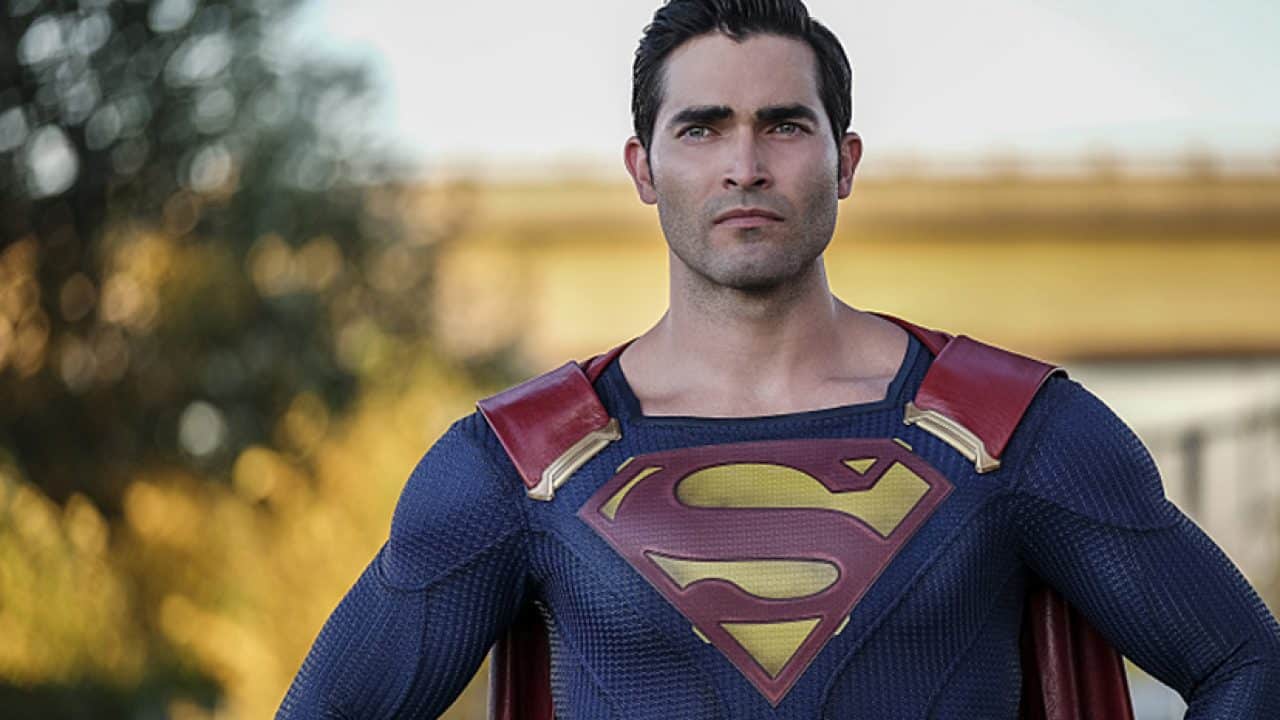
Recent Superman adaptations have grappled with this paradox. Zack Snyder’s Man of Steel presented an unconventional version of Jonathan Kent (Kevin Costner), who urged his adopted son Clark (Henry Cavill) not to draw attention to himself by acting altruistically to protect others. Some traditionalist fans criticized the film for painting Superman’s adoptive father as “a paranoid idiot and a borderline sociopath.” However, some critics have read this as a commentary on the state’s political shift — Jonathan instilling in his son the value of “individualism” ahead of selflessness.
This paradox is also at play in Superman & Lois. After Clark is downsized from his job at the Daily Planet and his mother (Michele Scarabelli) passes away due to a stroke, Clark returns to Smallville with his wife Lois (Elizabeth Tulloch) and kids Jonathan (Jordan Elsass) and Jordan (Alex Garfin). Visiting for the first time in years, Clark is shocked by how much has changed in the once idyllic small town. The beautiful Terrence Malick-esque cinematography is juxtaposed with foreclosure signs.
Inevitably, Superman & Lois suggests that there is a sinister conspiracy at work in the community. Billionaire Morgan Edge (Adam Rayner) has promised to reinvigorate the small town, to bring jobs and industry back. While local fireman Kyle (Erik Valdez) believes it wholeheartedly, Lois’ digging suggests that Edge might have more nefarious plans, tied to buying up the land around Smallville for some mysterious purpose. However, there is also a deeper malaise.
When Clark’s old friend Lana Lang Cushing (Emmanuelle Chriqui) discusses how so many of their classmates left town, her husband Kyle airs his resentment. “She means bailed,” Kyle tells Clark and Lois. He talks about the plight of the American small town. “You know, used to be that when folks move away to get their degrees, they’d take their skills back home. Take care of the communities that raised them, you know. That ain’t happening anymore.”
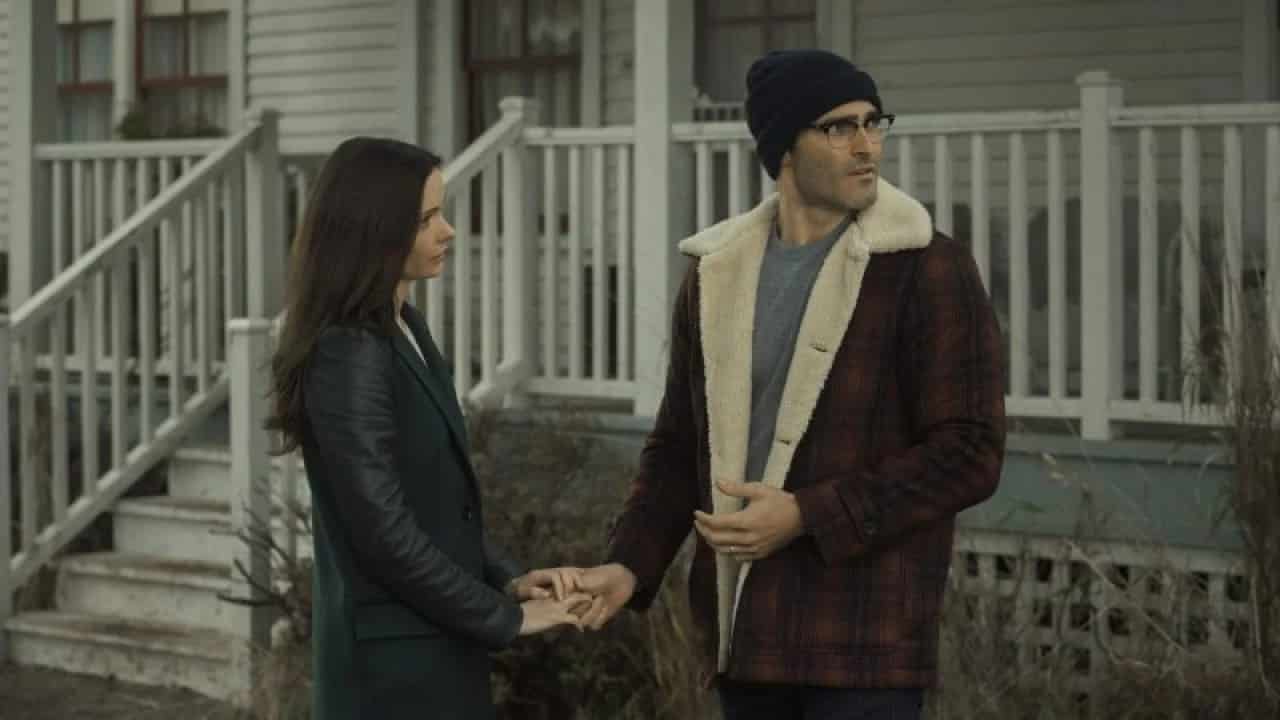
As a result, the small town is dying. This reflects the unfortunate reality facing many rural American towns as they grapple with aging populations, rising unemployment, and growing drug addiction. These communities are affected by rising death rates, higher suicide rates among teenagers, and poverty at “emergency” levels. These crises are often ignored and overlooked, with whole regions of the country dismissively labeled “flyover country.” Superman & Lois implies that Clark flew away and never looked back, and that perhaps Smallville is as alien to him as the shards of Kryptonite from his other lost home.
Clark is back in Smallville for a memorial service, but that seems to reflect the mood of the town as a whole. At one point, crossing the shuttered main street, what sounds like a funeral bell tolls in the background. Lana talks about how the community was devastated by the “farm crisis” five years ago, and it’s not even clear to which farm crisis she is referring. Kyle and Lana’s daughter Sarah (Inde Navarrette) talks about house fires started by people trying to cook meth.
It’s revealed that while Clark was protecting Metropolis, his mother had taken out a reverse mortgage on the family farm to help keep her neighbors afloat. As he comes to terms with the loss, Clark also confesses to Lois that his mother’s dying words implored him to return to Smallville. “She wanted me to come home,” Clark tells Lois. “I don’t know why yet.” The implication is that Superman has already saved Metropolis. Now, it’s time to save Smallville.
It’s an interesting, pointed, and timely reversal of the classic Superman setup.

